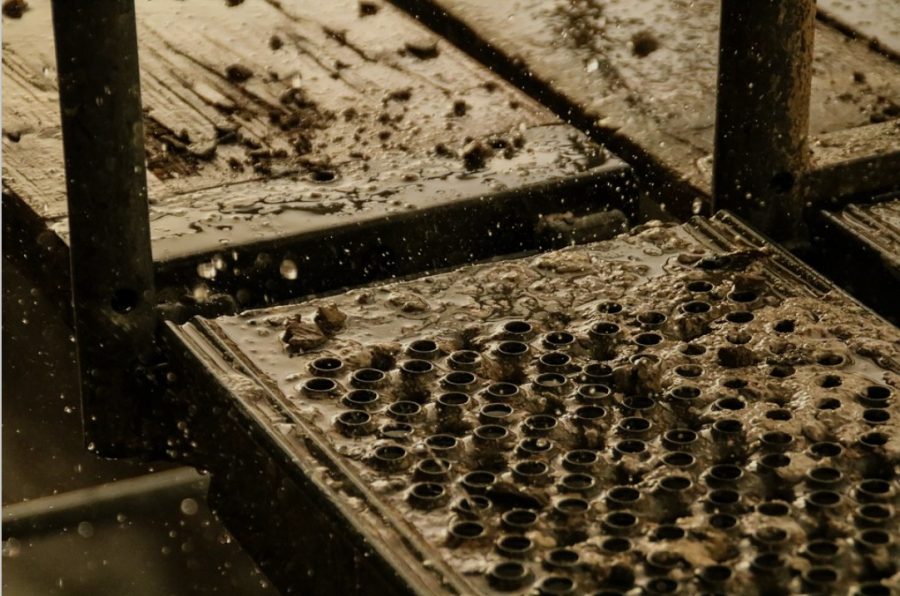Construction work can be challenging enough on its own. When you add torrential rains into the picture, a construction site can become downright dangerous. Fortunately, there are steps you can take to help protect the contractors who are present on your construction sites on any given day. Even when the rain won’t let up, you can still make forward progress by following these tips
Identify Areas of Pooled Water
One of the biggest safety risks on a wet construction site is areas of pooled water. Given the uneven ground that’s present during construction, these pools of water can be deceptively deep. Contractors can be put at risk if they wander into one of these pools of water and can’t get out due to its depth. Therefore, it’s important to identify areas that are at risk of pooling water and then cordon off these areas using caution tape.
Remove Water From Essential Locations
If work has to be done in an area where water collects, it’s vital to remove that water before work begins. Dewatering pumps should be set up several hours prior to the beginning of the shift to ensure that all of the water is gone by the time workers arrive. When removing water from a certain location, it’s important that you pump it to a sturdy area that will prevent the water from flowing back to its original location.
Work to Level the Ground
The best way to prevent standing water on a construction site is to level the ground as much as possible. Although some variance in ground height may be necessary for the construction project, it’s important to even out other areas, especially when they aren’t in use. While this might take a little extra time, maintaining a level construction site is safer for everyone who works at the site.
Have Rescue Equipment Available
Even with the best planning and preparation, accidents will occasionally happen. If someone should be trapped in an area of high water, it’s important that you have proper rescue equipment on-site so that you can help save the person as quickly as possible. Equipment such as rescue rings, life preservers, and emergency oxygen can provide the aid you need to help you respond before emergency services can arrive. In an event where seconds count, it pays to be prepared.
To help everyone on your construction sites stay safe, it’s important to be proactive about safety. Daily safety briefings should be conducted so that every worker understands any unique safety risks they’ll be facing. If you make safety a priority, everyone else who works at the site will take it seriously, as well, allowing you to move forward with a clean safety record.

